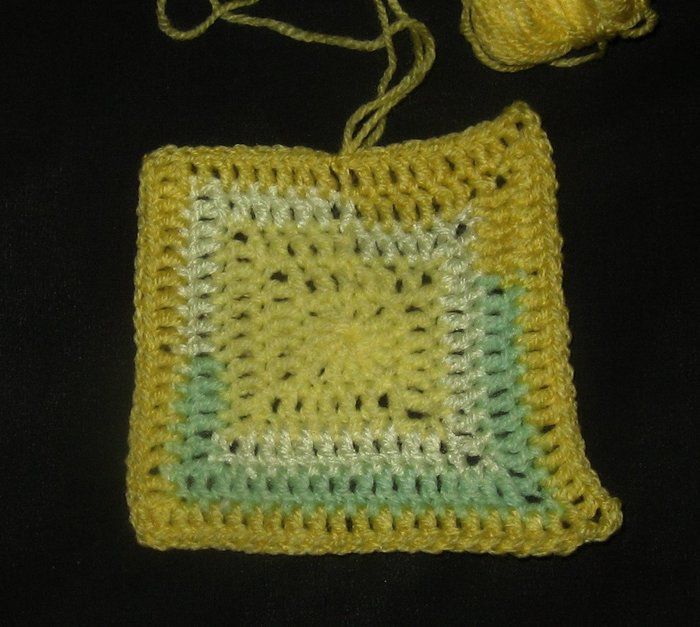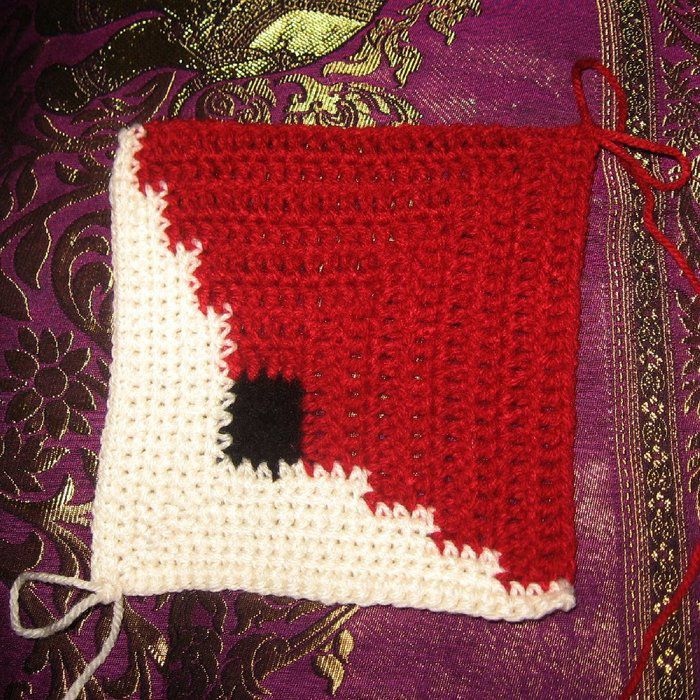A note on turning ch in my patterns
IMPORTANT - making my designs square
Many have found a few of my designs impossible to make square. In reworking the Mandala Geometric pattern, I’ve finally worked it out!
Many of my designs won’t work with 3 turning ch for a UK tr (US dc). Only 2 turning ch will make them square.
When you make a tr (US dc), you make one dc (US sc) on top of another - draw through 2, draw through 2. A dc (US sc) is one chain high.
The only time I use 3 (tight) turning ch for a tr (US dc) is when using foundation ch. You end up with 2 ch to represent the tr and one to represent the top of the st. If you use 2 ch, you are in effect working into the body of the st. You’ll notice the top of a tr looks like a ch, so the third ch creates that.
In turning (over or around as in my no-hole corners), you only need to reproduce the equivalent of a dc on top of a dc = 2 ch. I’ve seen a few tutorials on how to stop the “bobbling” out on the edge of work where it’s turned & worked back & forth. It’s created by the third ch that’s taller than the stitches that follow.
With the no-hole corner method, if 3 ch are used to turn & 3 tr are worked into them, there will be an increase of one st too many at each corner. This will change the angle of the corner.
This also answers why my log cabin technique would not work for a lot of people. It uses dc (US sc) on two sides of the centre square, and tr (US dc) on the other two. This makes the centre offset and creates the illusion of a curve to the stepped line between colours. Most found their squares were really distorted & ended up with a long point on the tr side. This disappeared when I rewrote the pattern to use dc (US sc) on both sides, but with twice as many rows on one side. Problem solved! It didn’t occur to me at the time that the 3 turning ch is so unconscious now, that the instructions didn’t get through.
Here’s a test square made with 2 turning ch on one side and 3 on the other.
Just a note on the htr (US hdc) - As a dc is 1 ch high and a tr (US dc) is 2 ch or dc (US sc) high, I use one loose ch as turning ch for htr to achieve 1.5 ch. I’ve tried 2 ch, but just couldn’t make it look right. Using loose sts to get a smoother edge going from smaller to larger sts is something I do quite often. For example, when turning a circle into a square. I’ve often used UK dcs, htr, tight tr, normal tr, dtr to get a good transition and straight edge. Without it, the edge can look a bit stepped.
I hope that helps!
Toni

